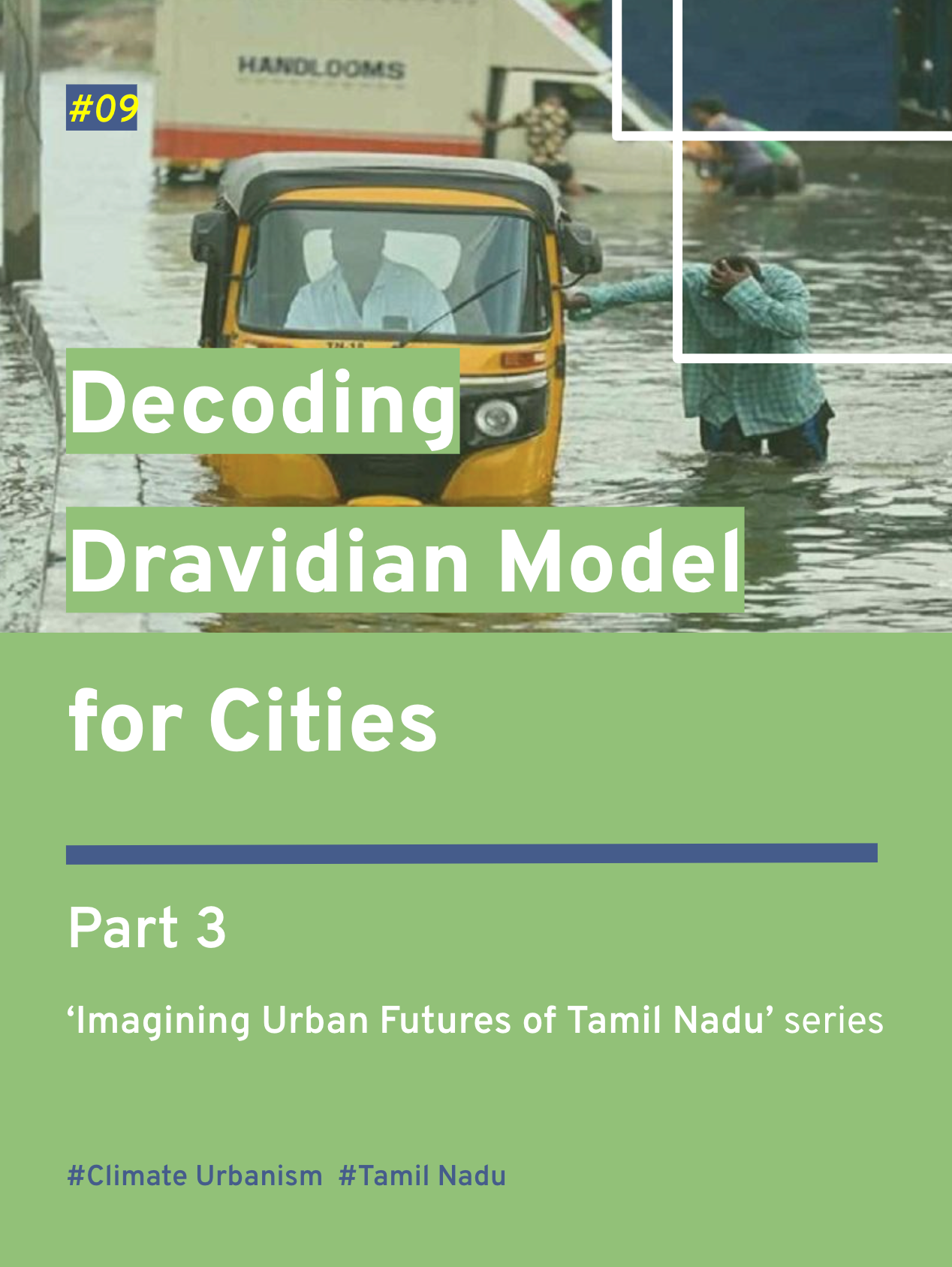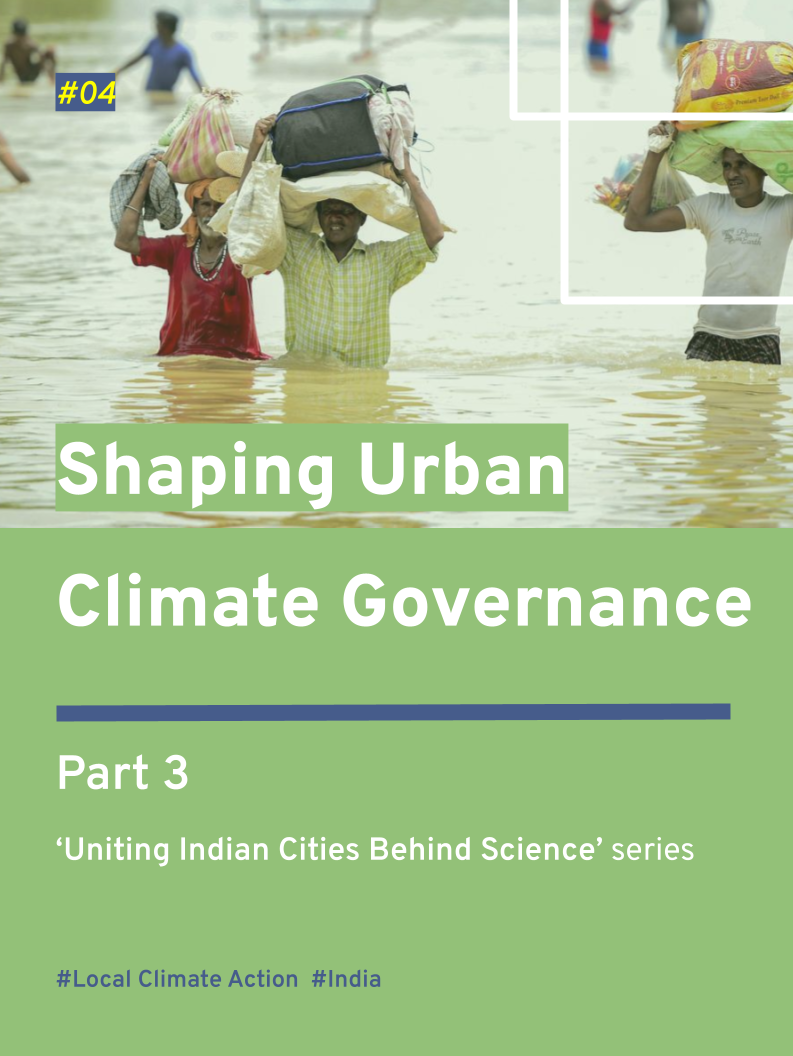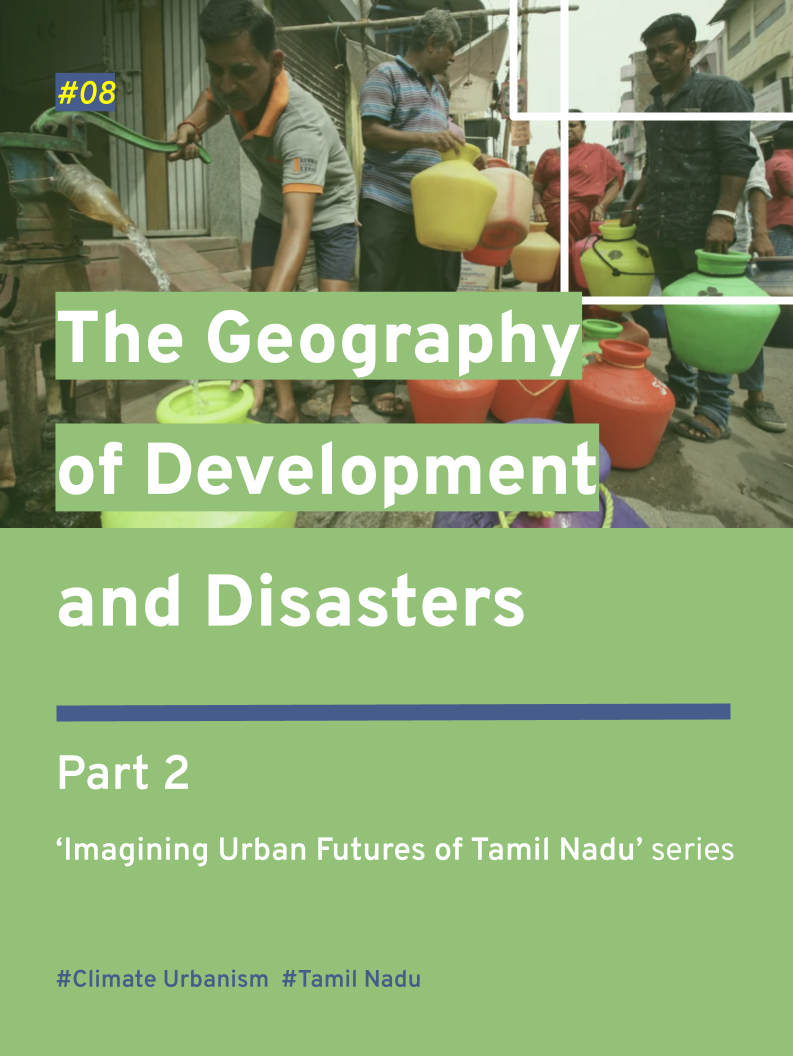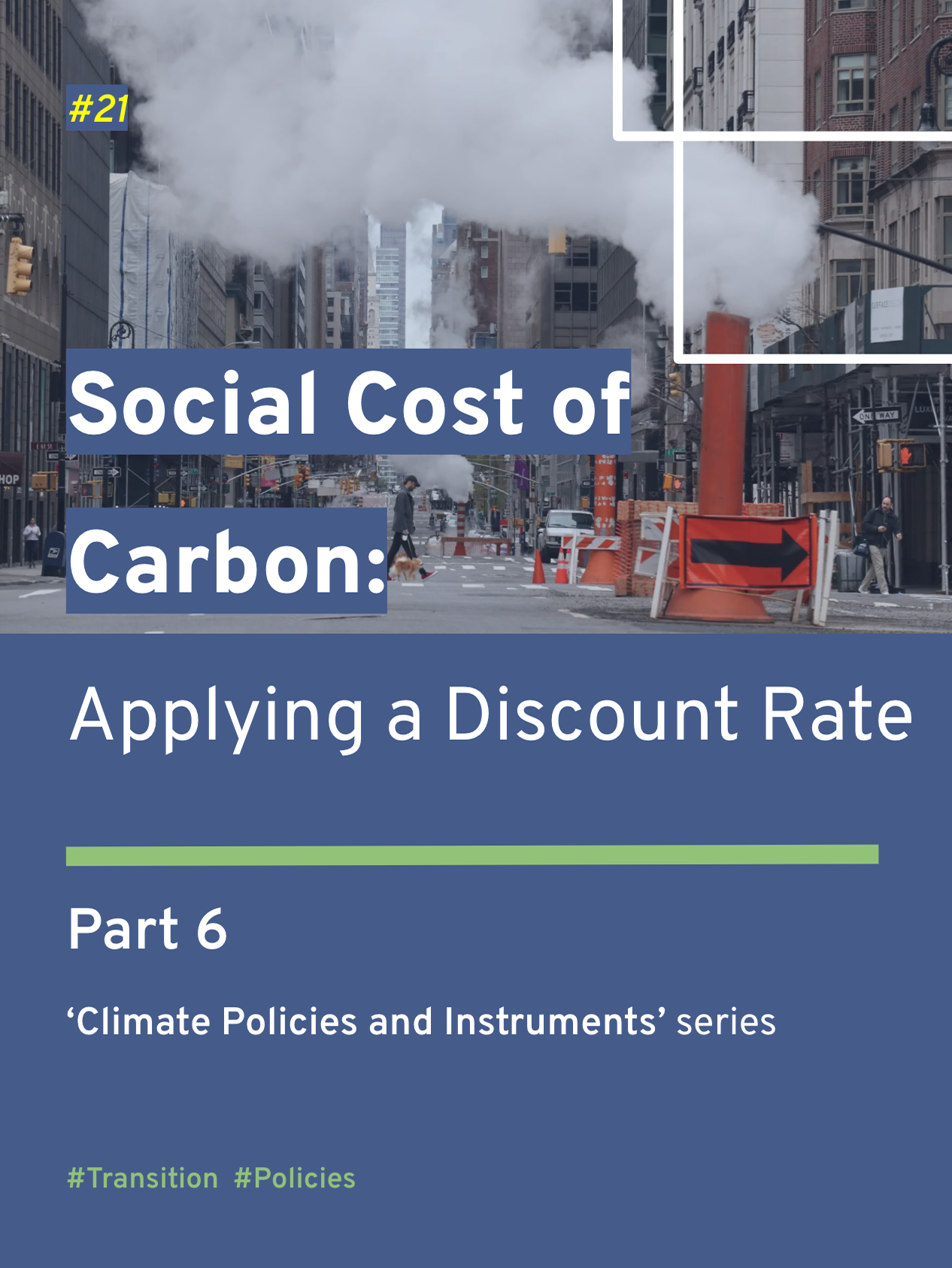Part 5 of ‘Climate Policies and Instruments’ series
Image showing emissions from a factory (Source: The New York Times)
Read Blog 18, Social Cost of Carbon: New York State Climate Act, 2019
Blog 19, discussed the two popular approaches for thinking about and framing the Social Cost of Carbon (SCC)—a marginal damages-based approach and a marginal abatement cost-based (MAC) approach—and drew reflections on New York state’s Climate Act. This blog extends this discussion to outline how SCC is calculated scientifically and the challenges involved in that process.
Let’s relook at the “kid’s messy play behaviour analogy” from Blog 19. Considering the parents go with the marginal damages-based approach, how will they determine which ‘chore’ to give the kid to make it a fair deal? If they decide to follow the marginal abatement cost-based (MAC) approach, the challenge is even bigger; what parameters will they use to set the cleanliness target, and how will they equate that with the allowed number of toys? - At such a small scale, individual perception and subjectivity often control the scenario. What will happen at the scale of determining SCC for the world? - We make a lot of assumptions and acknowledge a lot more uncertainties.
Economic Modelling and Uncertainties
Given that New York endorses the SCC estimated through a marginal damages-based valuation of emissions, it is critical to understand the process behind it and accept the final figures with due acknowledgment of the gaps. The SCC is calculated using integrated assessment models (IAMs) that synthesise data across four modules:
- The socio-economic module predicts future emissions based on development scenarios.
- The climate module maps responses to different emission scenarios.
- The damages module lists the sector-wise benefits and costs of the climate crisis.
- The discounting module captures society’s willingness to prioritise future benefits over present value.
The socio-economic module is founded on an uncertain population, economic growth, and atmospheric emissions stock projection. The climate module has inadequate information to map ‘tipping elements’ with precision. The damage module focuses primarily on four sectors—agriculture, energy, temperature-related mortality, and sea-level rise. This ignores many significant, non-market damages like mass extinction, bio-diversity loss, large-scale global migration, and the spread of pests and pathogens. The ‘catastrophic probabilities’ in the future also bring another layer of uncertainty, with the potential to include a ‘risk premium’ component—a price that a future risk-averse society would be willing to pay to protect itself from climate disasters. This is not explored much in the current IAMs. Finally, the uncertainty in the discounting module is a key dispute in SCC valuation, from both technical and moral perspectives.
Illustration presenting uncertainties across the four modules of SCC modelling through probability distributions on projections (Source: RFF)
These uncertainties also lead to arguments opposing the usage of SCC, for Cost-Benefit Analyses (CBAs) and other comparable purposes, as experts recognise the risk of justifying any policy decision by updating the ‘unknown variables’ with ‘favourable values’. Meanwhile, new research innovations, including the Greenhouse Gas Impact Value Estimator (GIVE) model, attempt to reduce the effect of ‘uncertainties’ in the SCC estimation, by developing “internally consistent, probabilistic projections.“
Think of this as a weather forecast. While it may not be possible to guarantee 100 percent precision, what we have is a 70-80 percent probabilistic projection based on parameters applied consistently across the system. For example, a high rainfall day is unlikely to have a clear sky; but chances are there for it to end with a mild drizzle. So, all that matters is you carry an umbrella if you are stepping out.
Is the MAC approach the solution?
The MAC approach eliminates a considerable level of these uncertainties, as it only accounts for the abatement cost of achieving a climate target and does not directly include the socio-economic, climate, and damage modules. However, the MAC approach carries uncertainties in technological developments and their costs over the given target period, omits or underestimates administrative costs, and includes incomplete socio-economic interactions between sectors. Nonetheless, the key advantage of the MAC approach is its’ easy adaptability to account for new information based on market preferences and create a price pathway for longer-term climate action.
This further presents a stronger case for NY agencies transitioning to MAC-based valuation in the long term. However, in the short-term the impact of the multi-fold ‘uncertainties’ and ambiguity associated with SCC could be reduced by following two foundational principles; 1) the central SCC value, at an approved discount rate, could be the guiding figure for decision-making through Cost-Benefit Analyses (CBAs), and 2) the CBAs should ideally incorporate sensitivity analysis, by applying a range of SCC values.
This highlights the importance of determining the ‘discount rate’, and that's covered in the next blog.
Have questions, thoughts, or feedback? Write to nagendran.bala.m@gmail.com.









